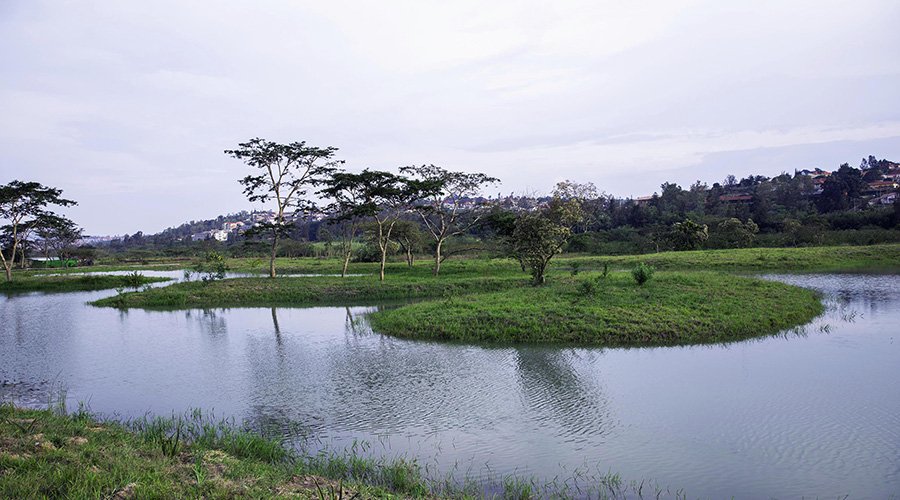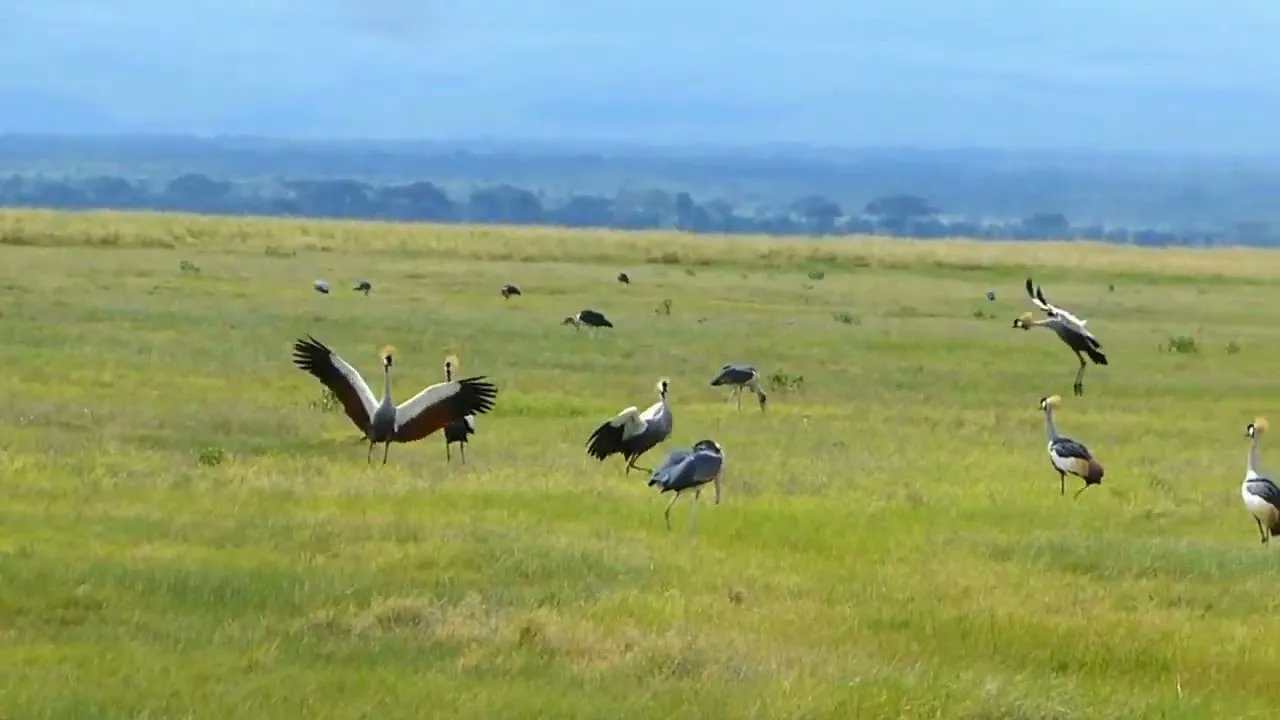Nestled high in the Buberuka Highlands of Northern Rwanda, the vast Rugezi Wetland stretches across about 6,700 hectares at an altitude of 2,050 meters above sea level. It straddles the boundary between Burera and Gicumbi districts, serving as a vital ecological heart for the region, feeding the twin lakes Burera and Ruhondo, and supporting livelihoods, biodiversity, and even hydropower generation.
For the communities that live nearby, Rugezi is far more than a stretch of swamp. “The importance of this wetland is immeasurable because it provides us with the fresh air we breathe. It has also helped us to solve the problem of floods that used to affect us during the rainy season,” says Paul Gasana, a resident of Burera District. His neighbor, Diane Uwituze, remembers how things used to be: “Before this wetland was restored, we used to farm inside it and ended up misusing it… But ever since we stopped those activities, we have seen their real value. Tourists now visit the area and leave us with foreign income.”
Once heavily degraded by farming, grazing, and drainage, the Rugezi Wetland was on the brink of collapse two decades ago. Studies from that period describe falling water levels, loss of papyrus cover, and declining bird populations. In 2005, Rwanda declared Rugezi its first Ramsar site, a wetland of international importance, and launched an ambitious restoration campaign. The government worked alongside environmental groups and residents to halt cultivation inside the marsh, restore vegetation, and promote alternative livelihoods.
The turnaround has been remarkable. Conservationists note that the water table has stabilized, downstream hydropower plants are now receiving consistent inflows, and biodiversity is rebounding. The endangered Grey Crowned Crane, Rwanda’s national bird, has made a strong comeback its population rising from around 80 individuals to over 270 in recent years, according to conservation reports.
Rugezi has also become a modest but growing hub for eco-tourism. Bird-watchers and nature enthusiasts are drawn by the tranquil waters, papyrus reeds, and the vibrant mosaic of bird species. “This wetland is unique for our district,” says Anne Marie Uwizeye, a local guide. “It attracts visitors for bird-watching, and we are beginning to see how conservation and livelihoods can go hand in hand.”
Yet the success remains fragile. Firewood collection, illegal cultivation, waste dumping, and mat-weaving grasses continue to threaten the delicate ecosystem. Most nearby households still rely on firewood for cooking, putting pressure on the surrounding vegetation. Local leaders acknowledge that better energy alternatives, stronger enforcement, and investment in eco-tourism infrastructure are urgently needed to sustain progress.
Dr. Olivier Nsengiyumva, head of the Rwanda Wildlife Conservation Association (RWCA), recently visited the site and urged communities to remain vigilant. He warned against dumping waste and farming in the wetland, calling these practices “the main threats to the survival of species that depend on this unique habitat.”
Community-based projects are now introducing improved cookstoves and planting Napier grass on private land to provide fodder for livestock, reducing the need to harvest from the wetland. Women’s cooperatives are being supported to create new income sources, shifting away from activities that harm the marsh.

Despite the challenges, the people of Rugezi are proud of their achievements. “We now sleep well; we no longer cut grass to make mats,” says Liberta Uzabino, a local elder. “We understand that protecting the wetland means protecting our own lives.”
Rugezi’s story has become a symbol of Rwanda’s green recovery, showing how conservation, energy, and livelihoods can reinforce one another. As the country pushes forward with its vision of sustainable development, the wetland’s calm waters mirror the hope of a people who have learned that protecting nature is not a burden, but a blessing.





